We are building a digital archive related to pioneering video artist Dara Birnbaum’s now-lost Rio VideoWall (1989), and planning for the artwork’s digital recreation. Birnbaum’s VideoWall was the first multi-screen video artwork to be installed in a public setting in the United States. But the VideoWall was not only noteworthy for its technological innovation; it was also significant for the site that served as its inspiration and eventual home: The Rio Shopping Complex, a mall in Atlanta’s Old Fourth Ward. Combining scenes of the site’s natural landscape from before the mall’s construction with an unedited live-stream of CNN footage, all filtered through the moving silhouettes of mall patrons in real time, the VideoWall presciently interlaced a number of ideas that continue to resonate in the 21st century, including the 24-hour media cycle, surveillance culture, the legacy of segregation, the effects of gentrification, and the Anthropocene.
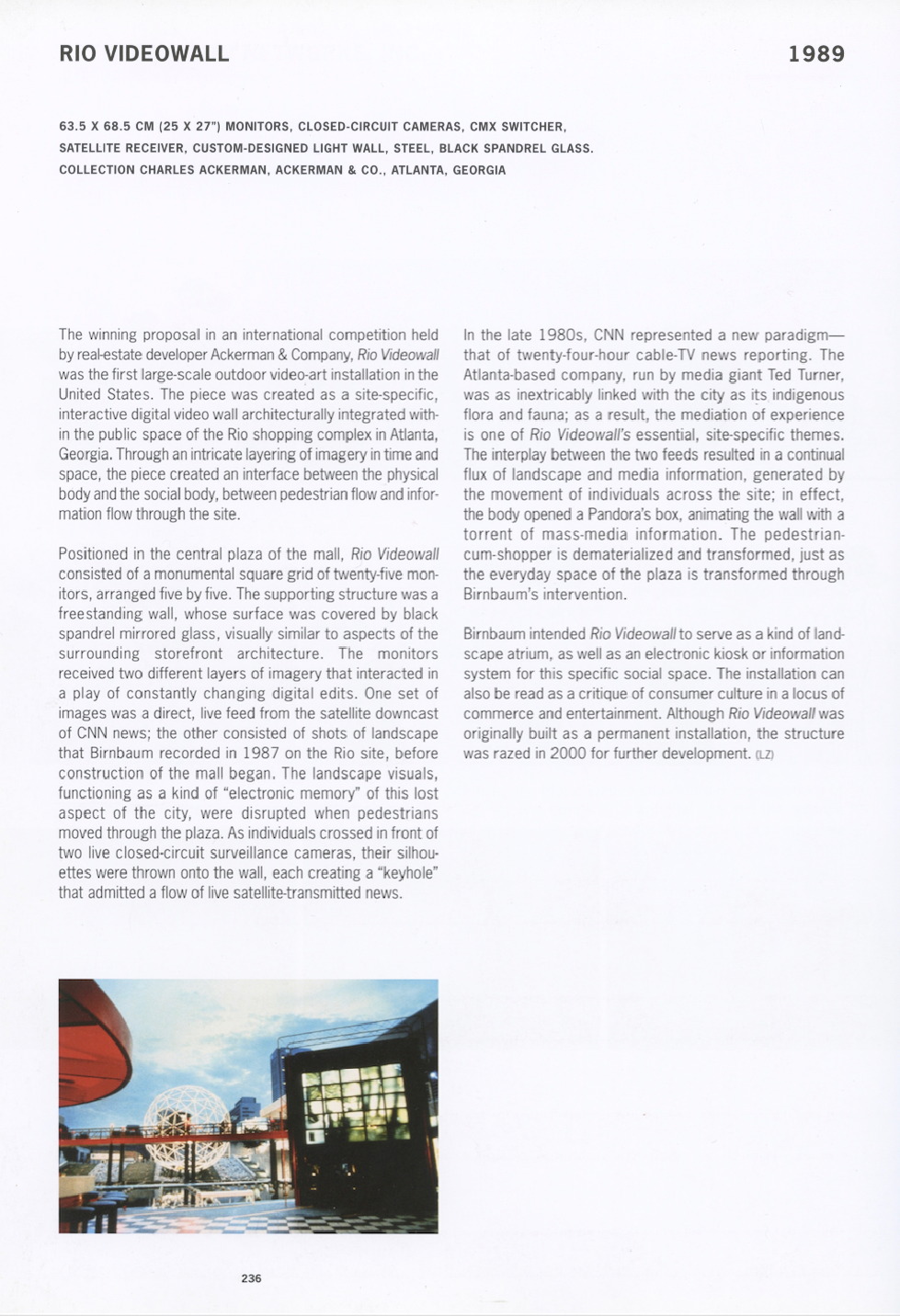
Dara Birnbaum: The Dark Matter of Media Light,
The Rio Shopping Center (torn down in 2000) was replaced by a Walgreen’s, Publix, and Savannah Midtown Apartments.
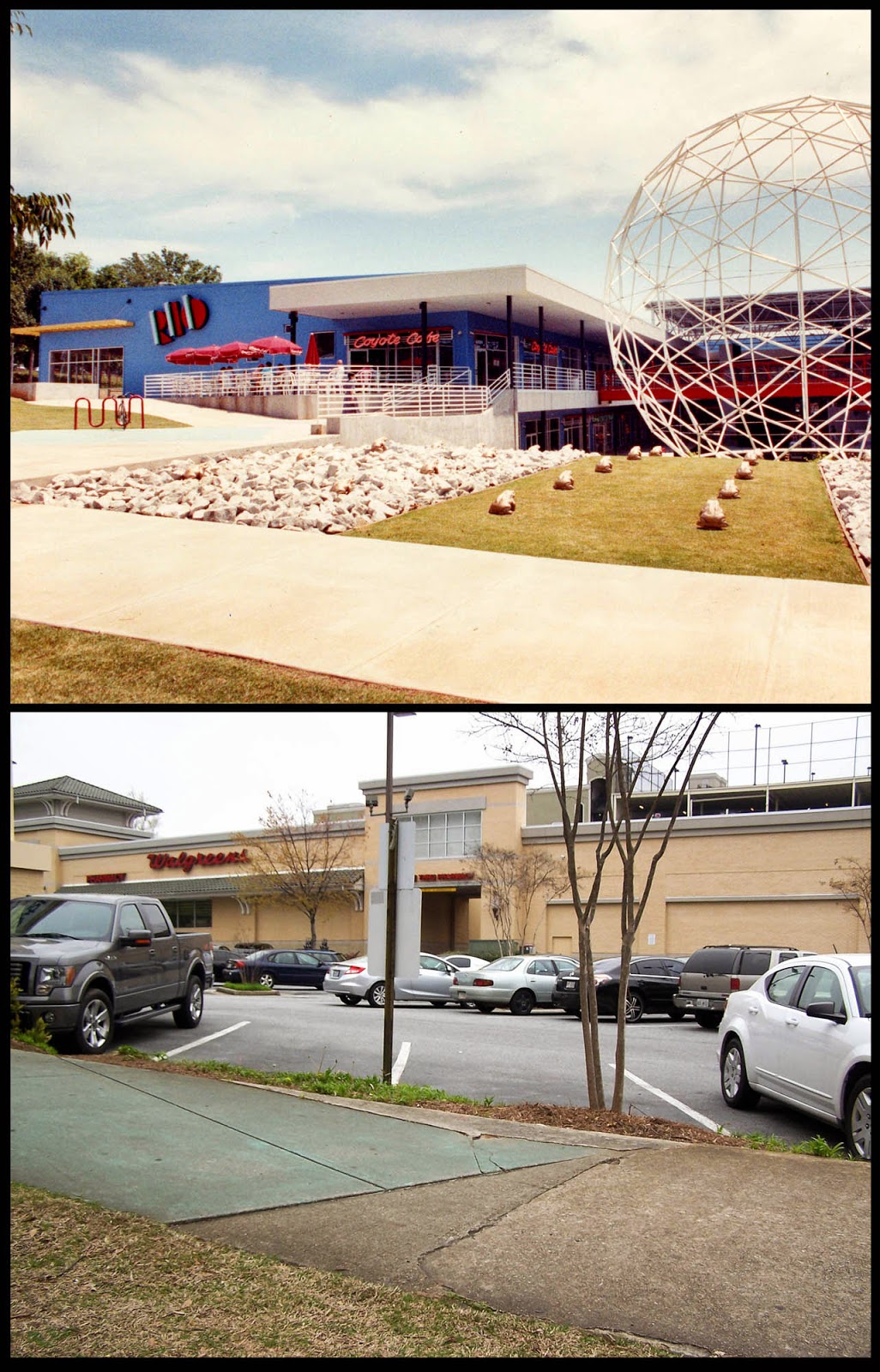
Image from Return to Atlanta
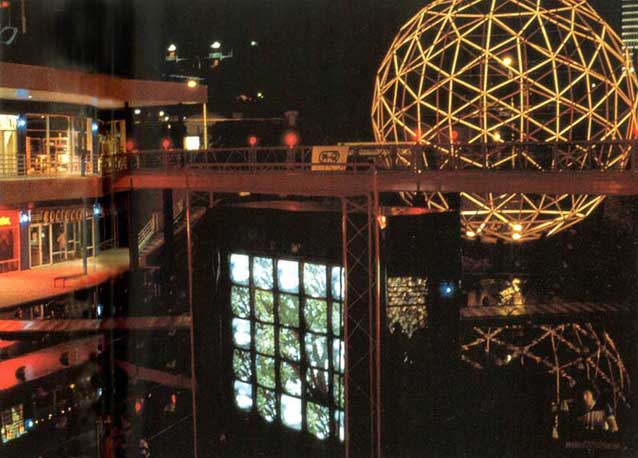
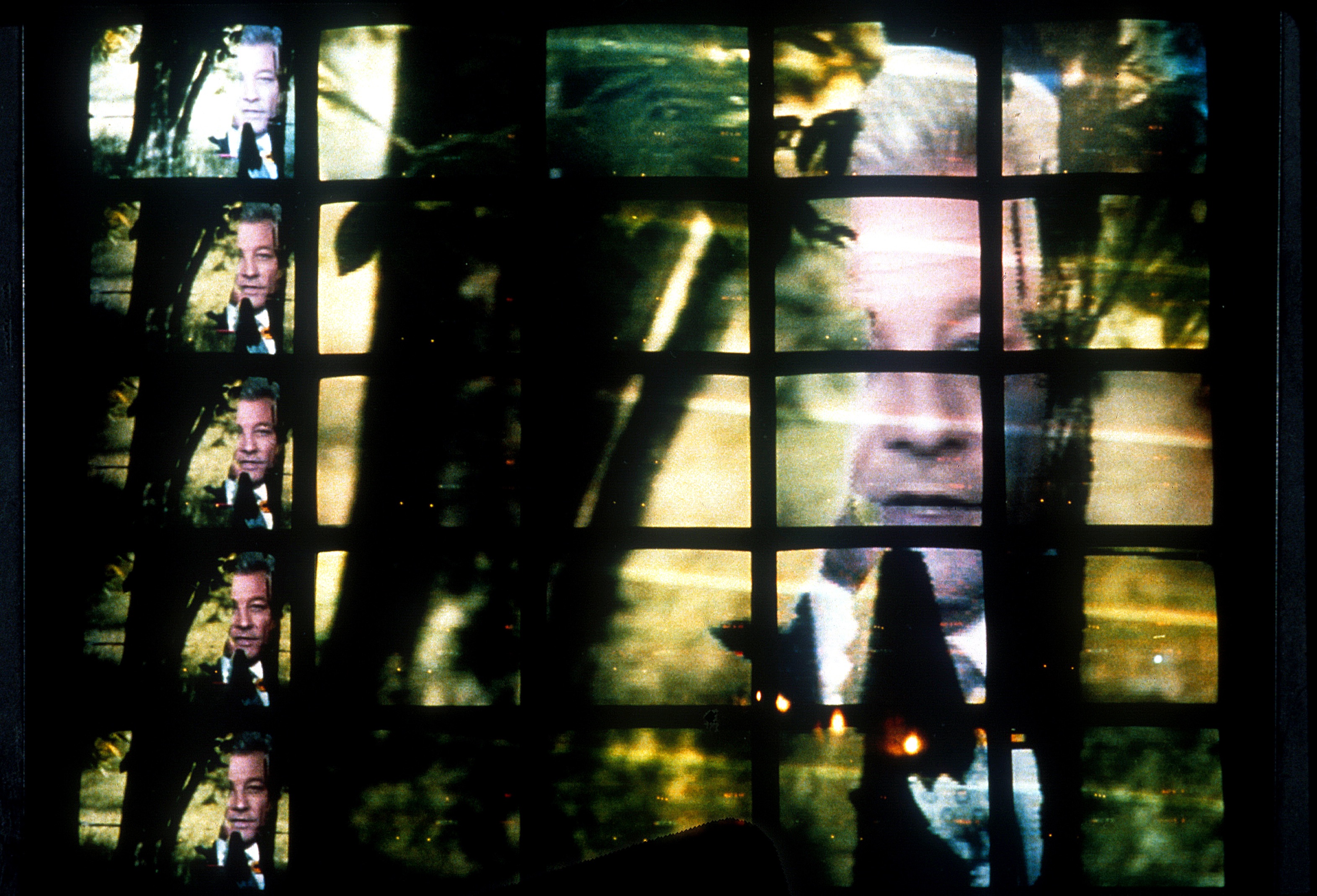
Image courtesy of the Smithsonian American Art Museum, NEA Birnbaum collection.
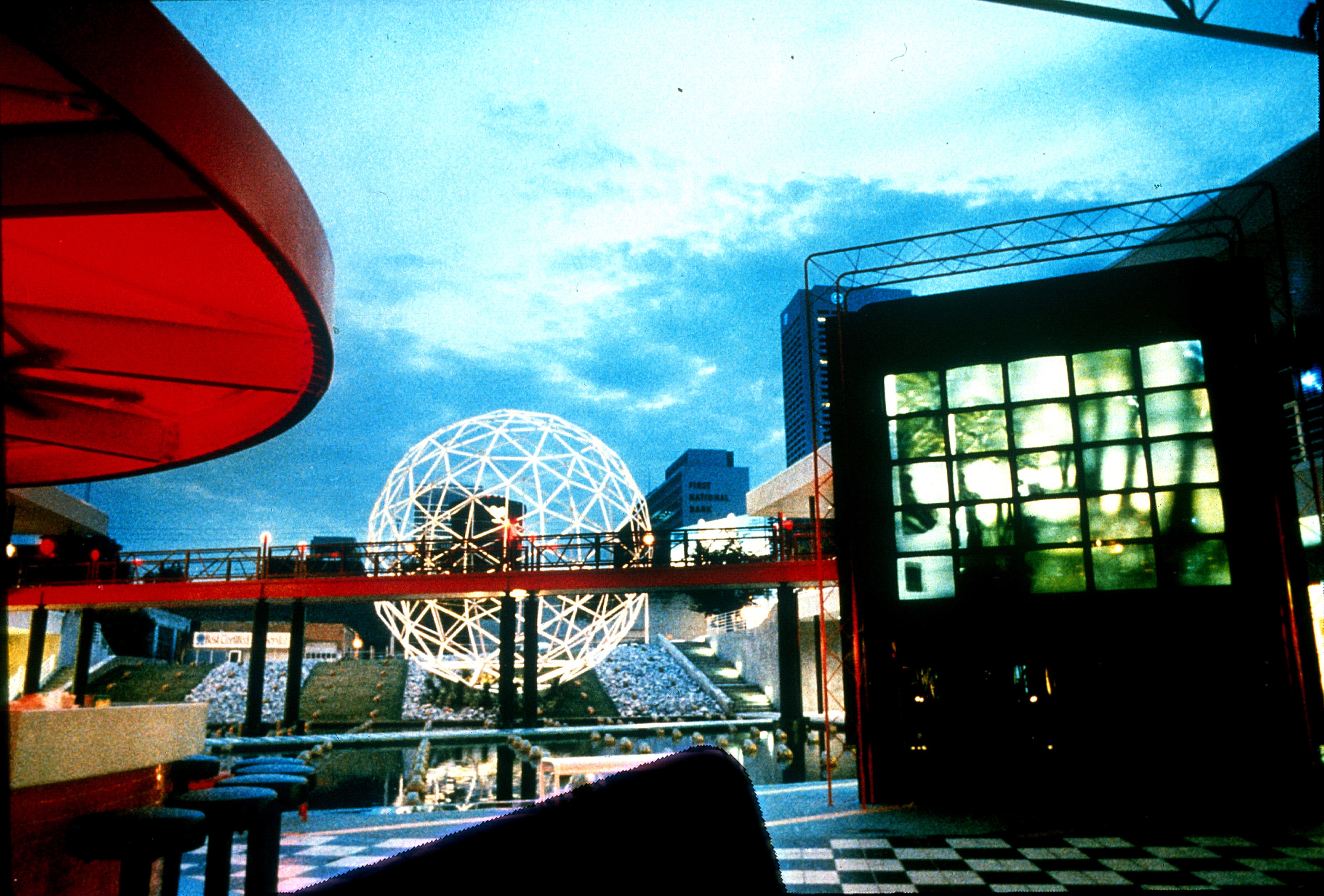
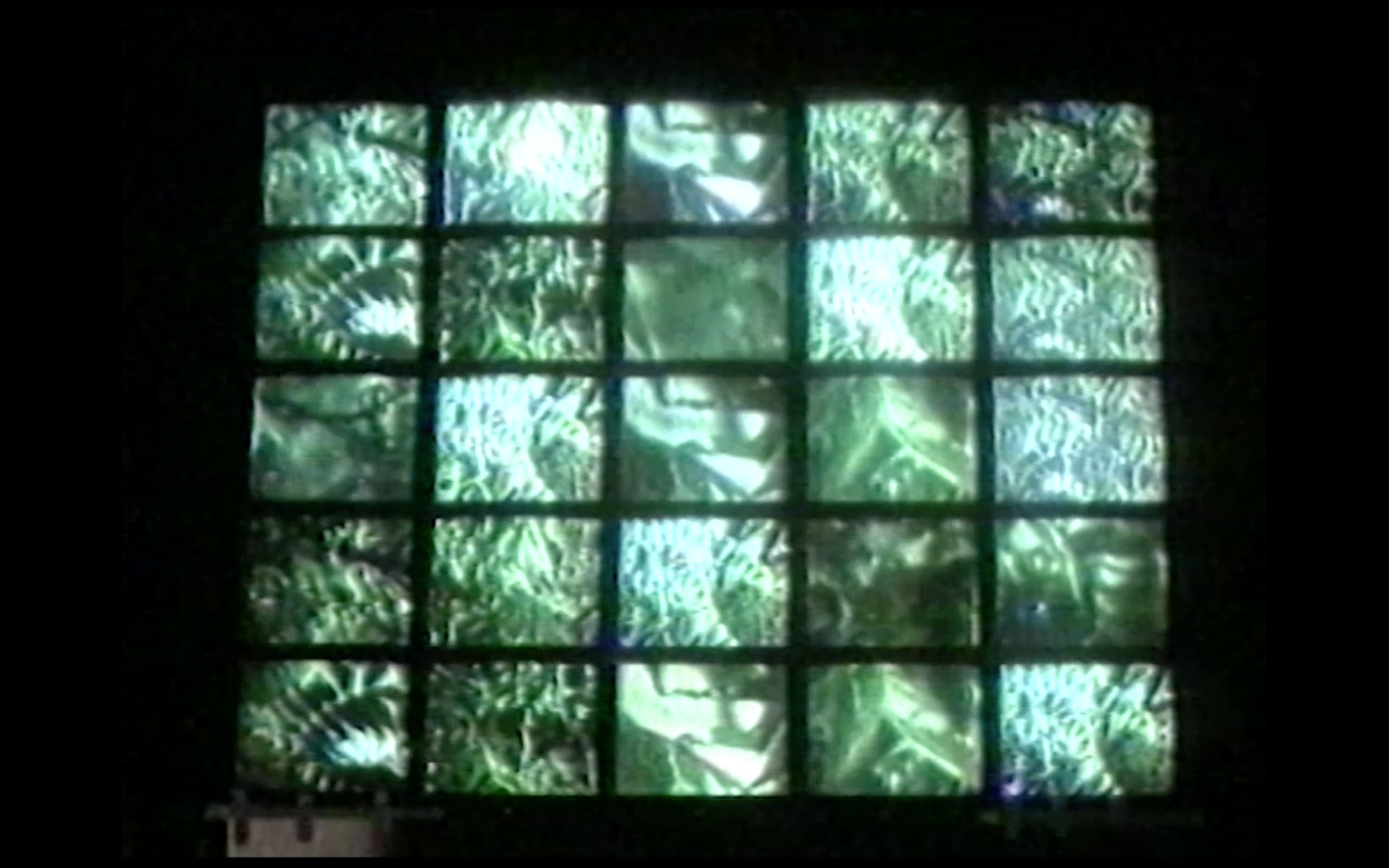
Image from Dara Birnbaum’s documentation of the Rio VideoWall’s opening ceremony, (1989, recovered/digitized in 2016), video, 5min.
